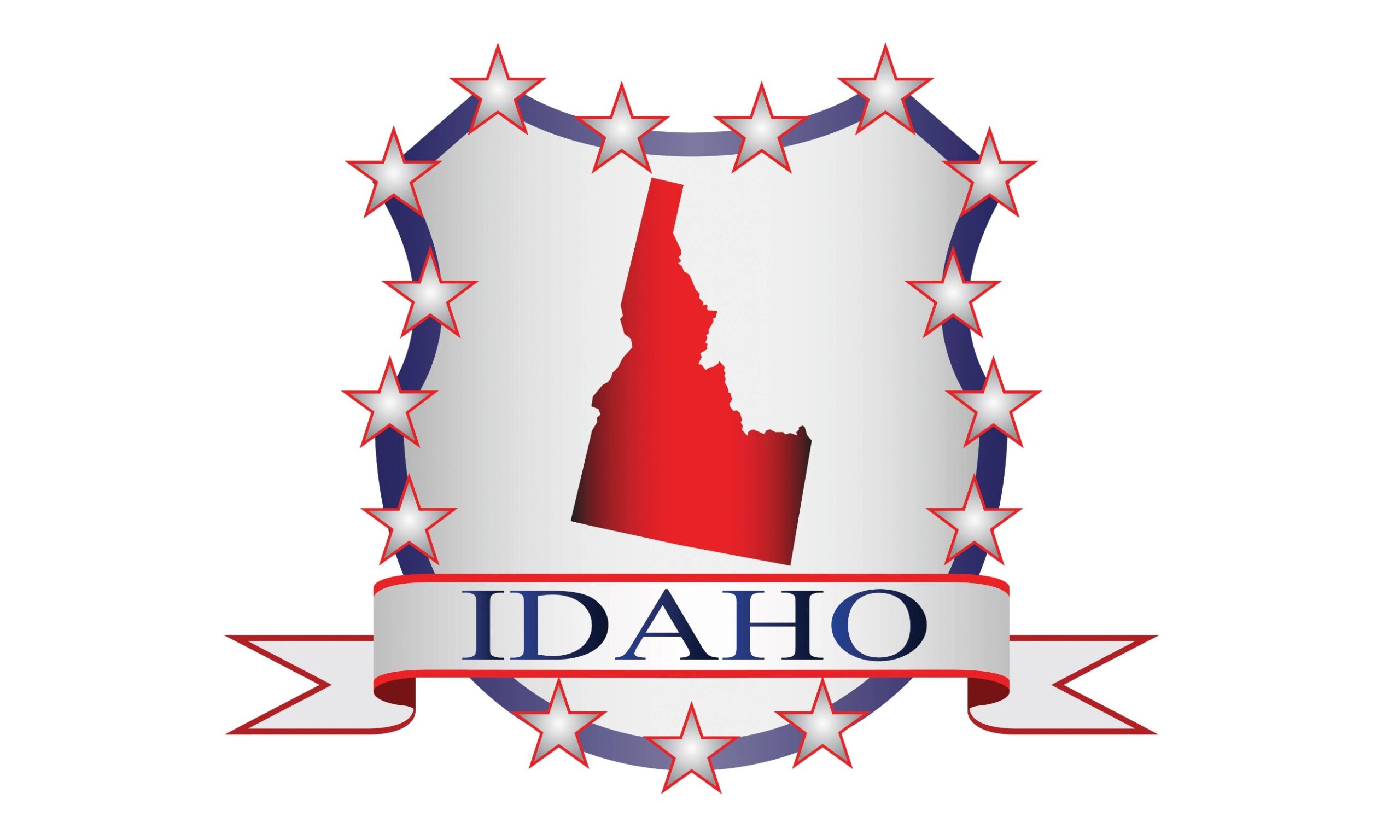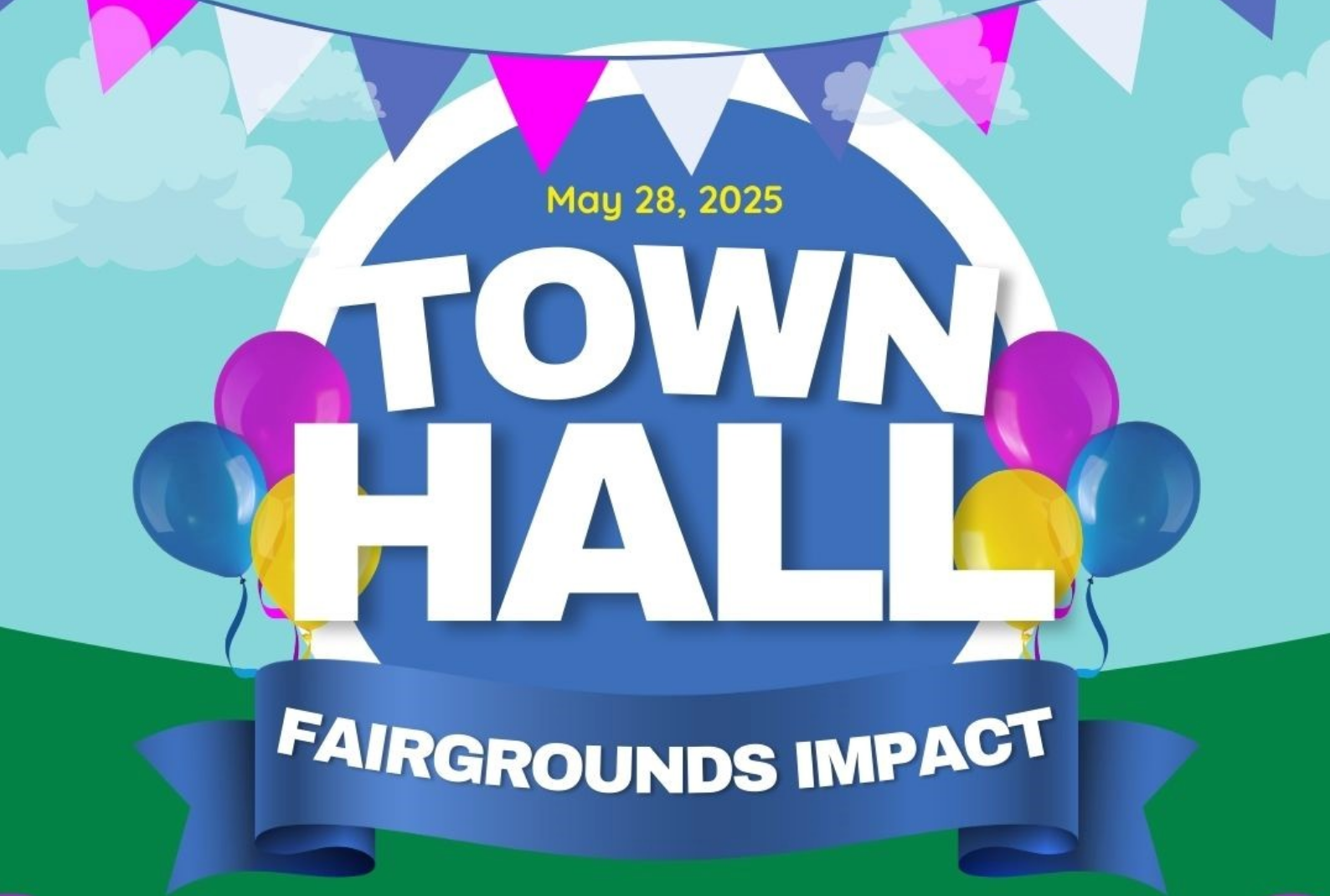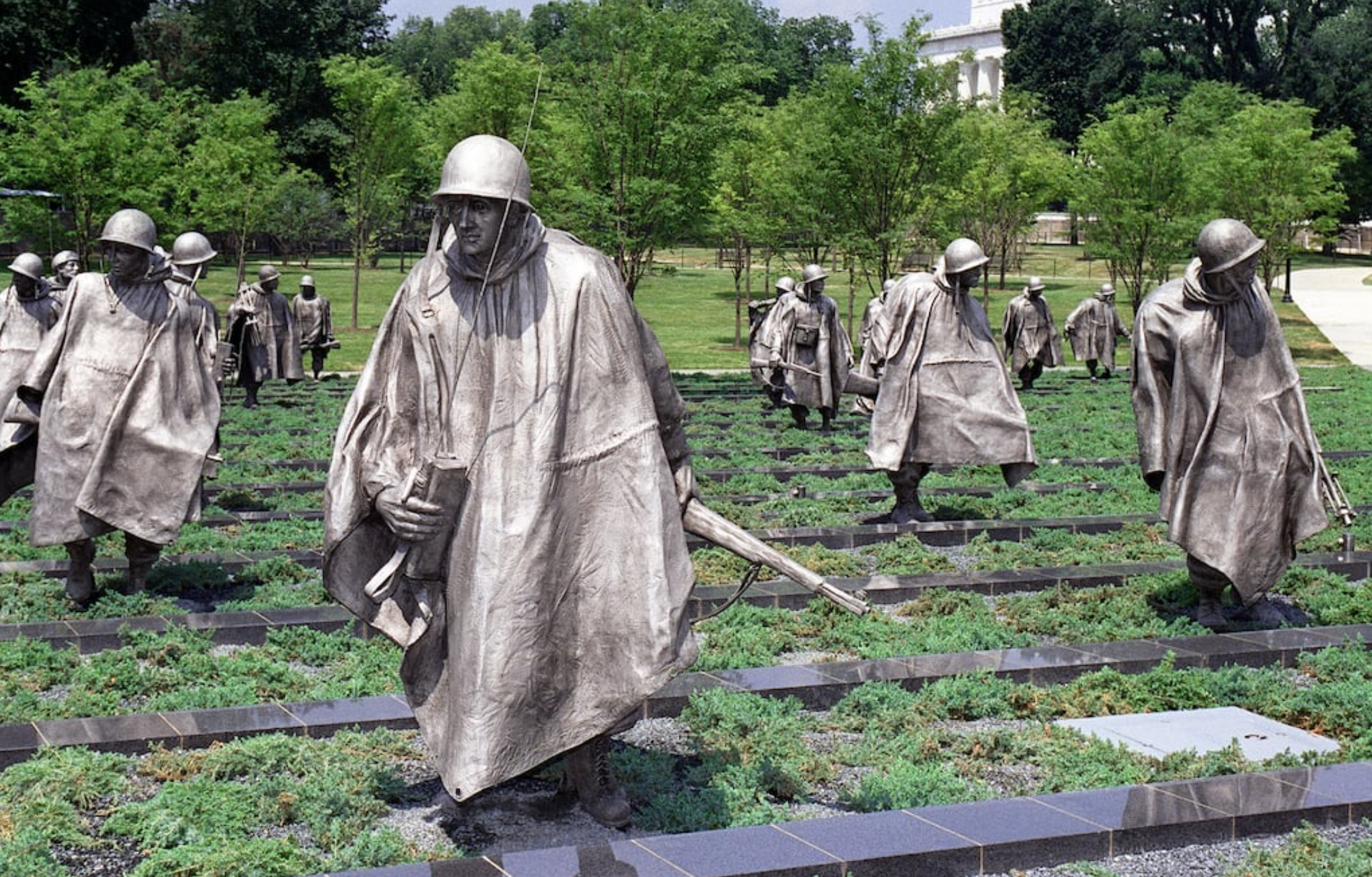Commentary by John Spencer of Hayden, Idaho
Political landscapes in the United States can change dramatically over time. One key factor in this shift is infighting within political organizations and ideologies. When conservative factions clash, it can and will weaken their overall strength, giving an opportunity for opposing ideologies to gain ground.
Now, I am a Washington State ‘escapee’ and so thankful to finally be part of a conservative community.
I do not wish to sound alarmist, and I acknowledge that North Idaho remains a stronghold of traditionalist values; however, I have observed that these values from good organizations often struggle with internal conflicts. As I will elaborate below, this infighting can weaken our focus on key issues and undermine our unity. This divergence often begins at the local level.
Virginia is a prime example of a state that turned from Red to Blue. Once a Republican stronghold, Virginia shifted towards the Democratic Party in recent years. Conservative infighting played a significant role in this transformation. In 2006, former Governor and Senator George Allen, a prominent Republican figure, was quoted predicting trouble within his party, “If we don’t find a way to come together, we’ll hand the Democrats a victory.”
This prediction became reality as internal disputes among conservatives over issues like immigration and healthcare created divisions. Democrats seized this opportunity by presenting a united front, focusing on issues such as education and healthcare that resonated with a broader electorate. By 2019, Virginia had a Democratic governor, and both legislative houses were controlled by Democrats.
Colorado’s shift from a Republican-leaning state to a Democratic-leaning one also highlights the impact of conservative infighting. In the early 2000s, the state’s Republican Party was deeply divided over social issues such as same-sex marriage and abortion. Former Republican Governor Bill Owens warned his party in 2004, “Our internal battles are our greatest threat. If we don’t resolve these differences, we risk losing everything.”
Despite Owens’ warning, the infighting persisted. Democrats capitalized on this by focusing on unifying themes like economic growth and environmental protection. By 2010, Colorado had elected a Democratic governor, and in 2018, the state solidified its blue status by electing Jared Polis, the first openly gay governor in U.S. history.
North Carolina’s political shift is another example of how conservative infighting can lead to a change in party dominance. The state, historically Republican, began experiencing significant political changes in the 2010s. Senator Richard Burr, a senior Republican, noted in 2016, “We need to stop tearing ourselves apart. Every internal battle we fight is a victory for the Democrats.”
The Republicans in North Carolina struggled with internal conflicts over voter ID laws and tax reforms. These disputes created an image of a party in disarray. Meanwhile, Democrats focused on healthcare and education, which appealed to a diverse voter base. By 2020, North Carolina had a Democratic governor, and the party gained significant ground in both state and federal elections.
Kootenai County provides a more localized example of infighting which could lead to potential shifts in political dominance if it persists. Even though we are a ‘red’ stronghold, Kootenai County has seen significant internal strife within its conservative ranks.
Infighting between mainstream Republicans and other very conservative and well-meaning factions has caused considerable division. In 2018, former state legislator Phil Hart remarked, “Our inability to present a unified front is eroding our support base. We are effectively handing over our political future if we don’t resolve these internal conflicts.”
As a voter, and from my view, these divisions have resulted in contentious primaries and a lack of cohesive policy agendas.
Mainstream and progressive Democrats as well as other liberal organizations in the area have and will use this opportunity to gain support, emphasizing issues such as public education, healthcare access, growth, and infrastructure improvements.
While Kootenai remains predominantly ‘red,’ continual internal conflicts can weaken overall influence, opening the door for potential progressive Democratic gains in the future. Make no mistake, the Democrats are good at what they do, because they provide a very united front.
In my opinion, conservative political infighting can be a powerful catalyst for change in the political landscape of our area. But at what cost?
How does a voter weave through the rhetoric of organizations accusing each other’s commitment in the likes of ‘traditional vs non-traditional’ Republican/Conservative organizations?
Are we, as voters, interested in competitive messaging that is focused on influencing viewpoints and perceptions?
When factions within similar ideologies clash over key issues, it can weaken their unity and effectiveness, providing an opening for the opposing liberals and progressives to gain influence.
It is imperative that our energies be focused on the policies of the various county boards and commissions, and how to replace those individuals who are not representing our moral and ethical convictions. Additional attention must be made to improve the extremely low voter turnout; I believe this is a dangerous direction for our county and our state.
In the 2024 primary election, one that garnished only 30.8% turnout, the clashes between opposing conservative organizations and individuals, in my opinion, appeared to be generalized and not specific enough to key issues.
Organizations should be engaging with each other, in dialogue, about specific policies in education, health, law enforcement, voting, illegal immigration, inflation, etcetera and not spending their resources downgrading each other. The ambivalent and stressed voter requires more of our attention.
The cases of Virginia, Colorado, and North Carolina illustrate how internal Republican disputes contributed to these areas turning from Red to Blue or becoming more politically competitive.
Let us come together and work towards empowering independent conservatives and Republican voters. It is imperative that we dedicate our efforts to increasing voter participation. A turnout of 30.8 percent is alarmingly low, indicating a significant lack of enthusiasm and engagement – an unmistakable sign of pervasive apathy.
Every conservative and traditionalist focused organization, whether formal or informal, must prioritize addressing the key issues that concern voters over internal disputes. By refocusing, we can foster a more active and motivated electorate.
John Spencer is a former US Army Officer and Aviator with 26 years of service. He is a published author who currently sits on two Hayden commissions, volunteers at the Farragut shooting range as a Range Safety Officer, and enjoys the beauty of North Idaho with Marti, his wife of 30 years.







